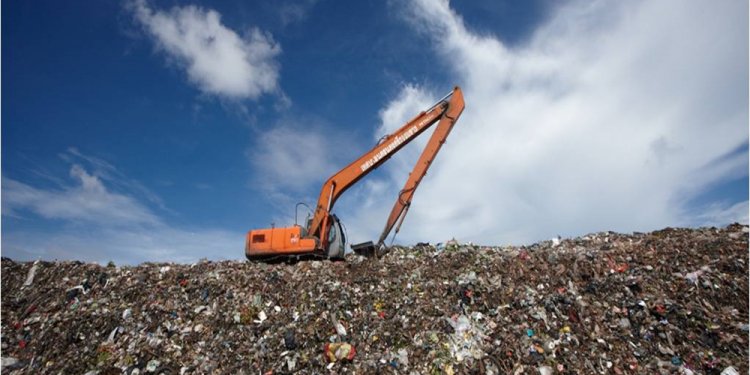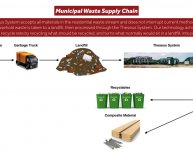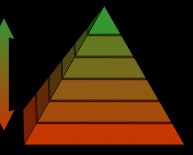
Purpose of Waste Disposal
"In order for something to become clean, something else must become dirty…
But you can get everything dirty without getting anything clean." -Imbesi's Law of the Conservation of Filth with Freeman’s Extension (Dictionary of Proverbs, Ed. Kleiser, S.B.N. A.P.N. Publishing 2005)
The starting point for this lesson is a general overview of waste management industry. The following reading will introduce you to the main issues related to waste generation, disposal, recycling, and related problems.
Reading Assignment:
Solid Waste Technology & Management, Christensen, T., Ed., Wiley and Sons., 2011.
Chapter 1.1. Christensen, T.H., Introduction to Waste Management, pp. 3-16.
This book is available online through PSU Library system.
After this reading you should be able to answer the following questions:
- What are the main problems and risks associated with waste? Why does it need to be treated?
- What is the waste hierarchy? How is it related to sustainable thinking?
- What are main types of solid waste, and what are the major ways to treat it?
So, how is the problem of waste disposal currently handled? There are a number of established technologies that help remove discarded materials out of our sight. Some of those discarded materials are reused in some form, but much larger amount is dumped or buried in the environment, which creates contained pollution. But is it really contained? And is that practice sustainable?
Watch the following video, which tours waste management facilities near San Francisco. That gives you an idea of scale of waste accumulation in urban areas and shows what it takes to treat it:
This is how numerous facilities around US currently operate. For the most part it is so-called cradle-to-grave scheme, when discarded products and waste are recycled to typically lower grade material (i.e., down-cycled) or packed in a landfill. According to EPA, more than 50% of generated solid waste in the US is discarded, i.e., disposed off in the landfill. The following material is an EPA document showing some concrete numbers, which demonstrate how developing recycling technologies help reverse the trend in waste generation.
While reading, look to understand all the diagrams representing the data, and specifically look at the data in Table 1, which gives you an idea on the efficiency of recovery of certain types of waste materials.
Compare Figure 4 with data in the book chapter you read in the beginning of this section (diagram 1.1.5). How does USA rank by waste treatment ratio among European countries?
Answer the following question to check your learning of this section.
Check Your Understanding
What are the five levels of waste management hierarchy? (Input answers below.)
1. 5.Click for answer.
ANSWER:
1. Prevention
2. Reuse
3. Recycling
4. Recovery (materials and/or energy)
5. Landfill and burning
From 1 to 5, each next method is more energy and resource intensive and has more adverse environmental impact. The goal of sustainable technologies is to shift the emphasis towards the upper levels.
In the next section, we will overview different recycling approaches and how they fit in the sustainability framework.

















